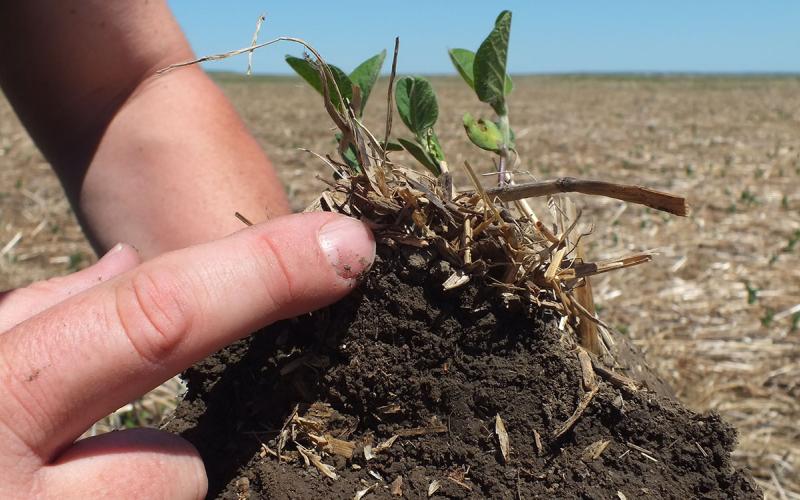Written collaboratively by Krista Ehlert, Abigail P. Blanchard and Lora Perkins
Introduction
An estimated 3.4 million hectares of land in South Dakota have salt-impacted soil (Seelig 2000; Millar 2003; Hopkins et al. 2012; Carlson et al. 2013; Soil Survey Staff). Commonly recommended practices of remediating salt-impacted (tile drainage, gypsum application, and salt leaching using irrigation water) were developed in more arid areas with much more irrigation (such as the Southwestern U.S.). Studies have shown that these practices can be ineffective at remediating salt-impacted soil in South Dakota and may even worsen the problem (Northcote & Skene 1972; McIntyre 1979). Because common practices of remediating salt-impacted soil in South Dakota are ineffective, new practices, including revegetation using native plants, are being researched. The hope is that growing native plants in salt-impacted areas will provide cover, decrease erosion, and start to reestablish soil health.


